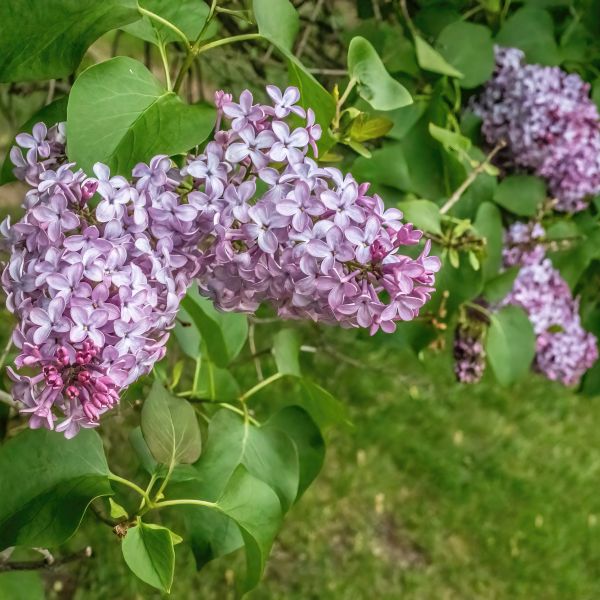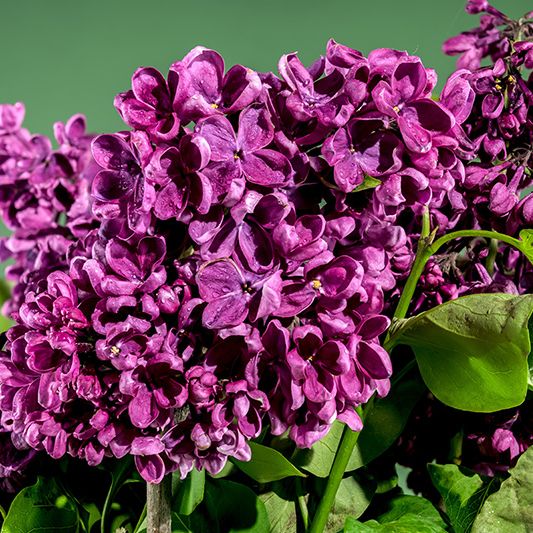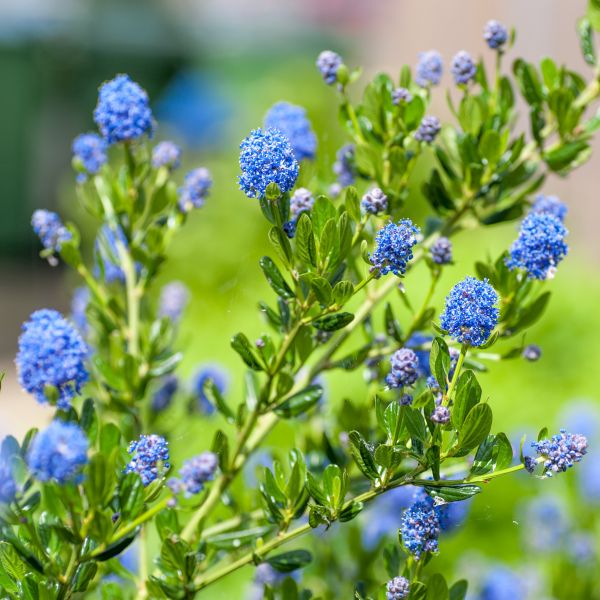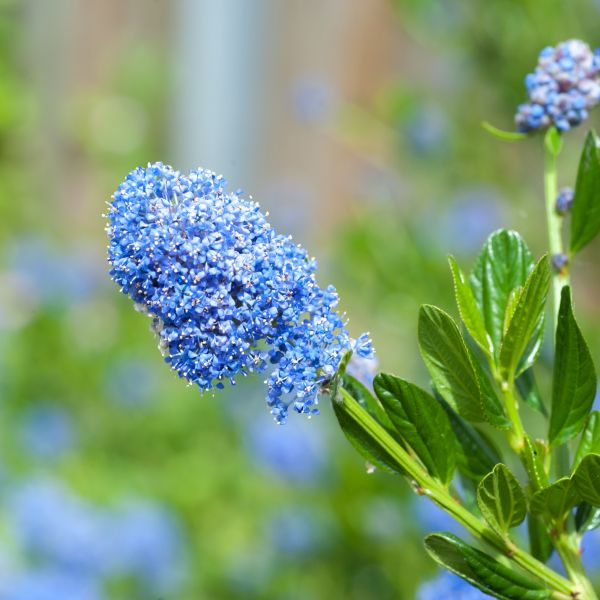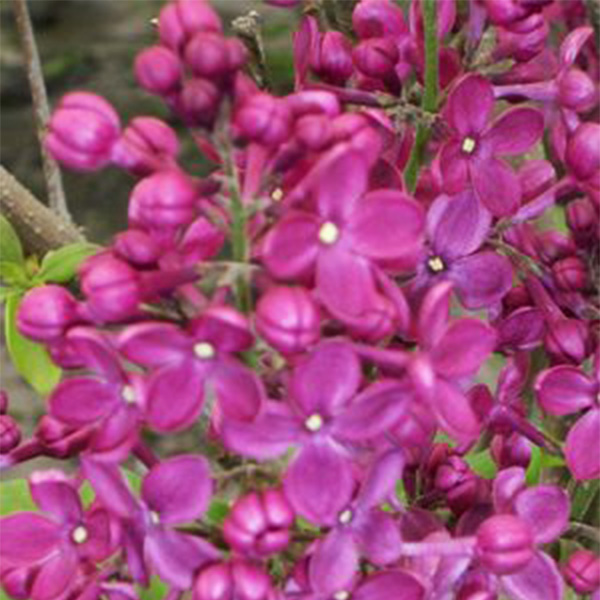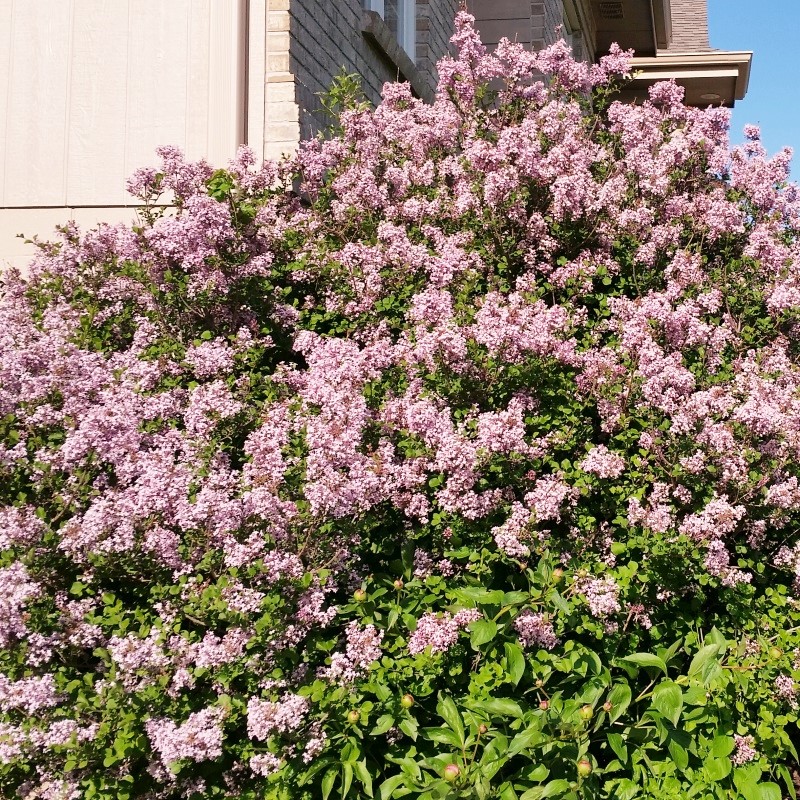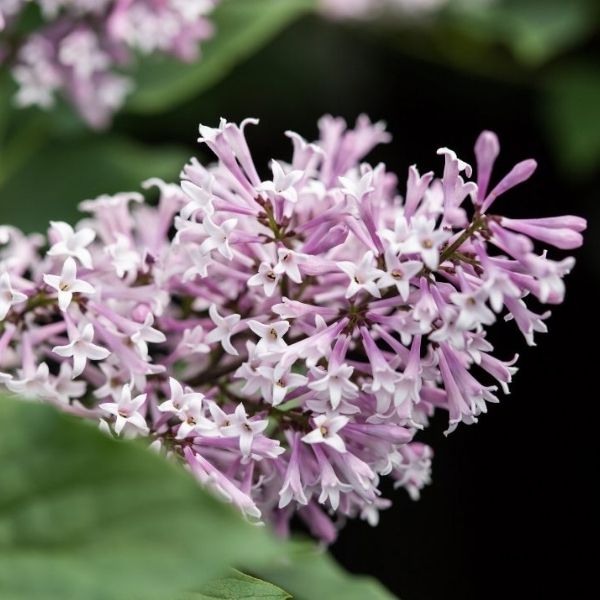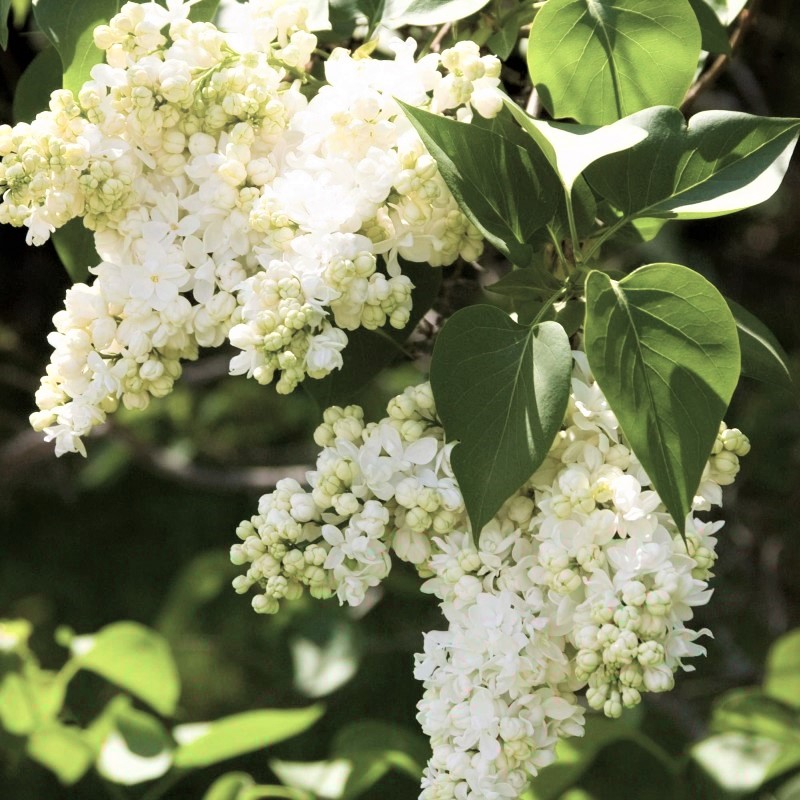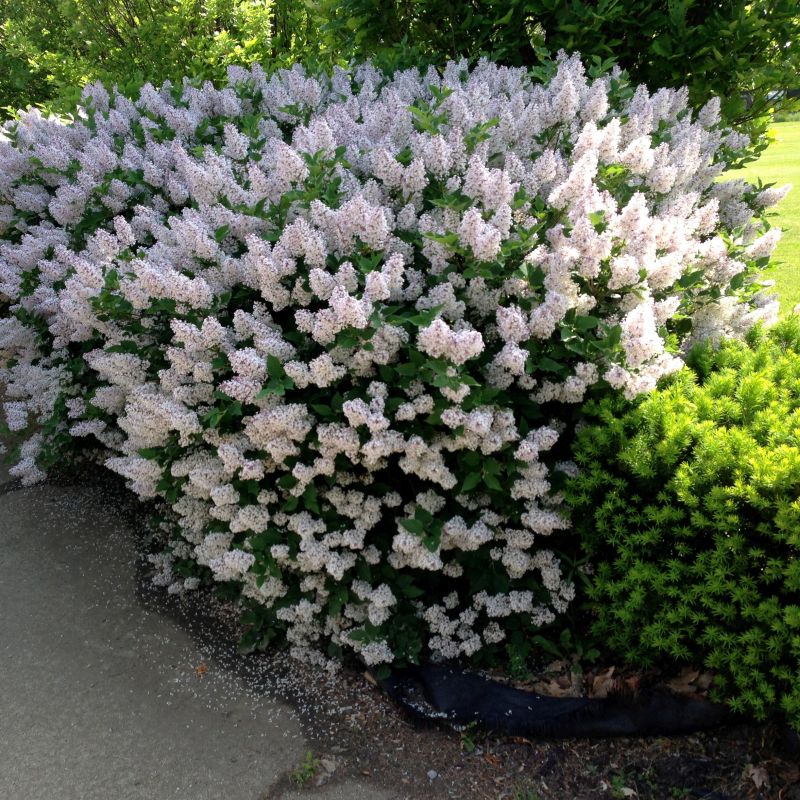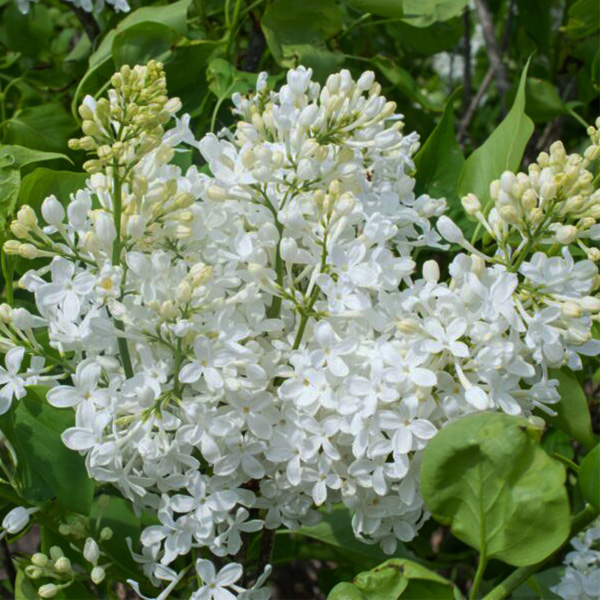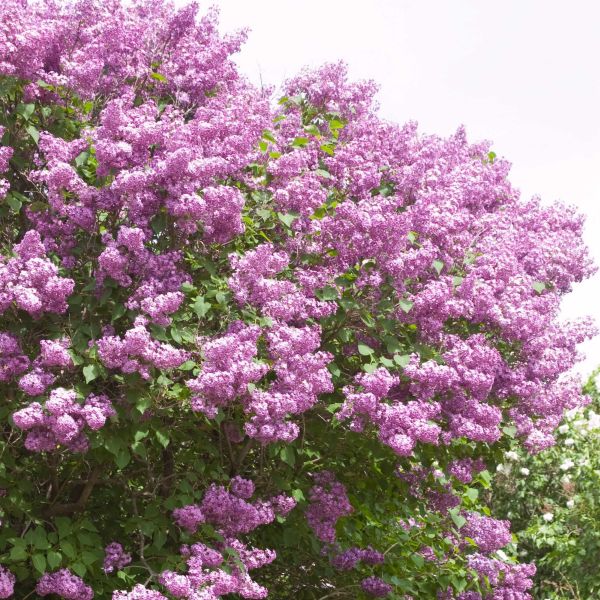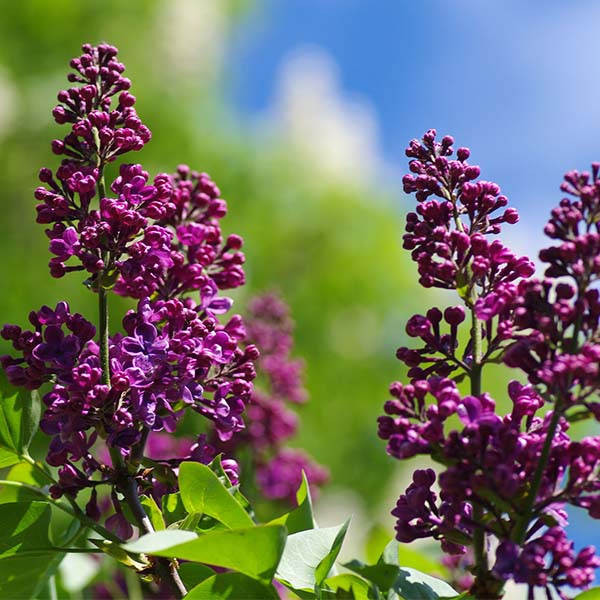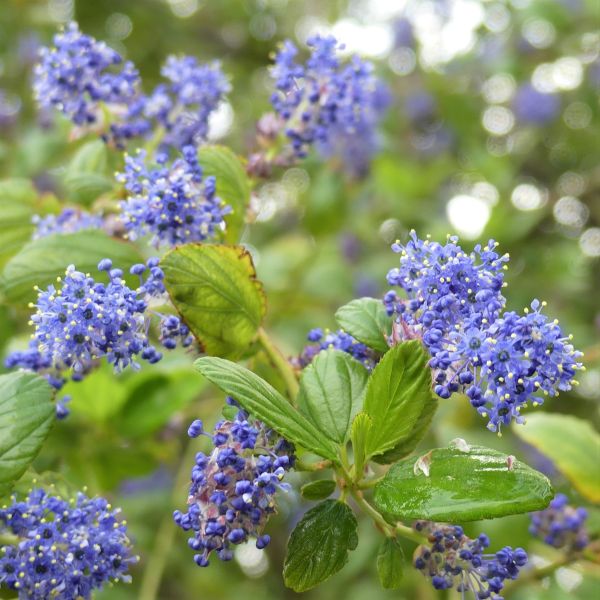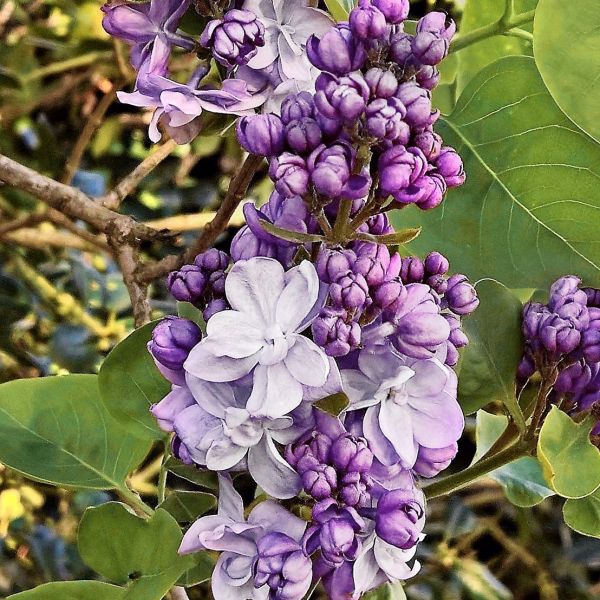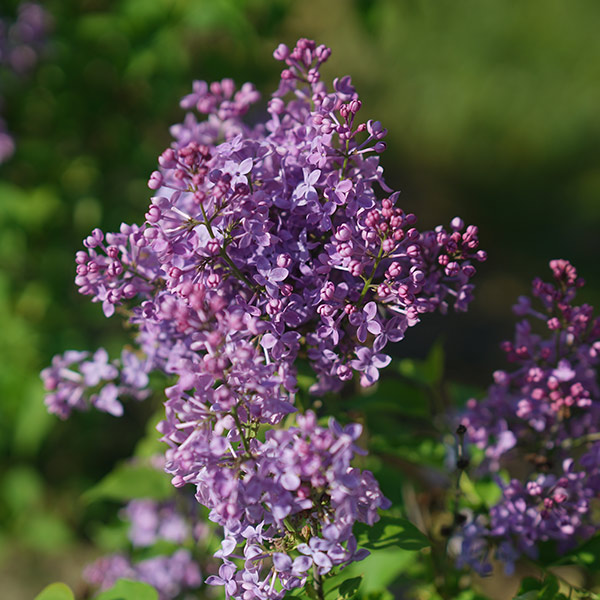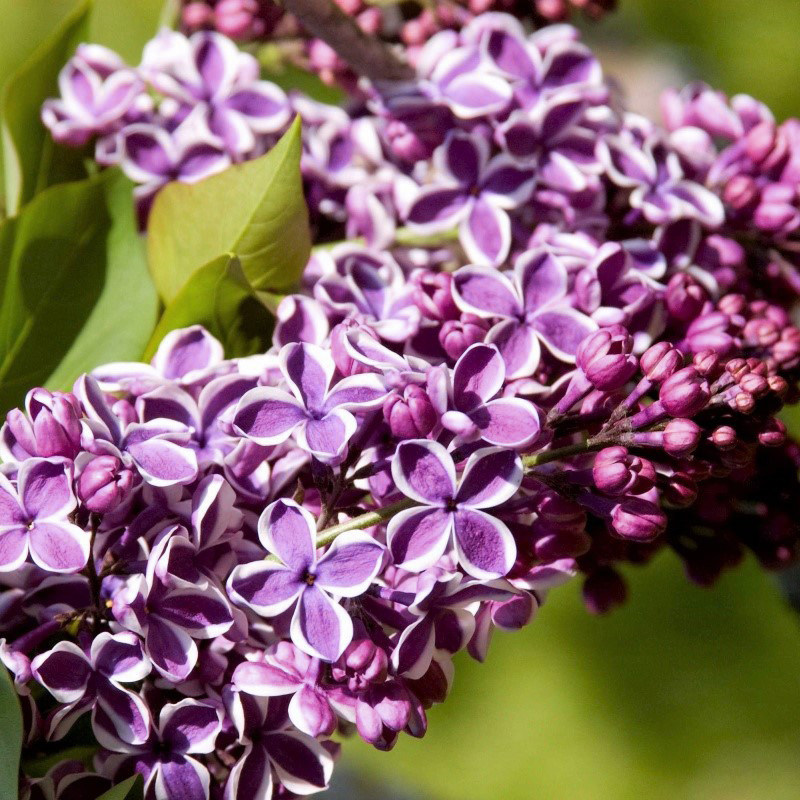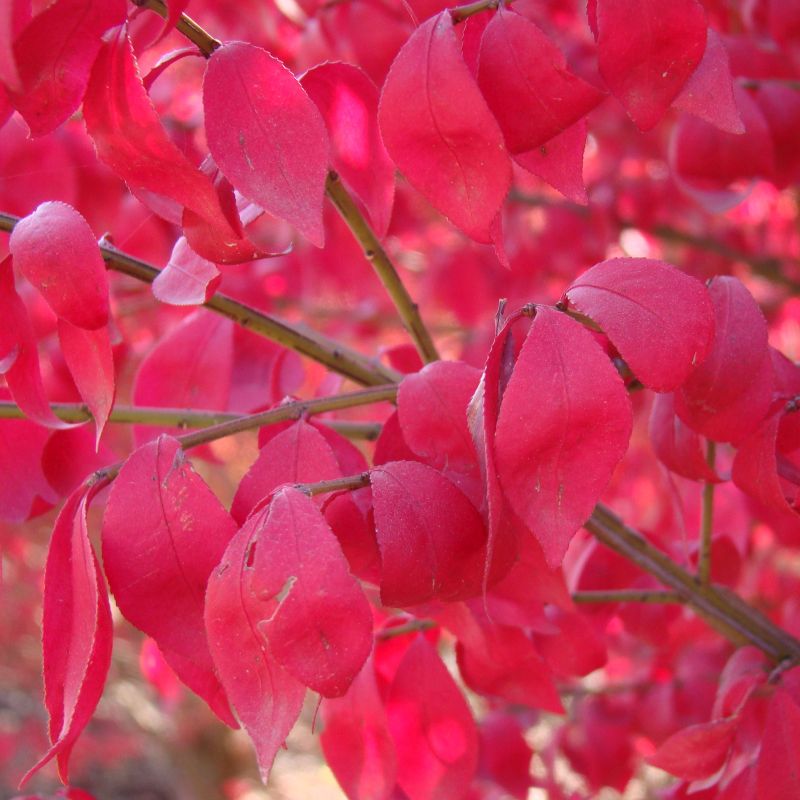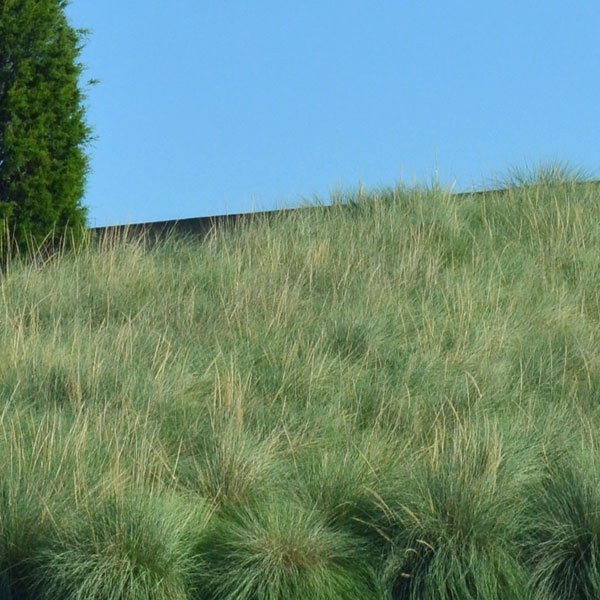
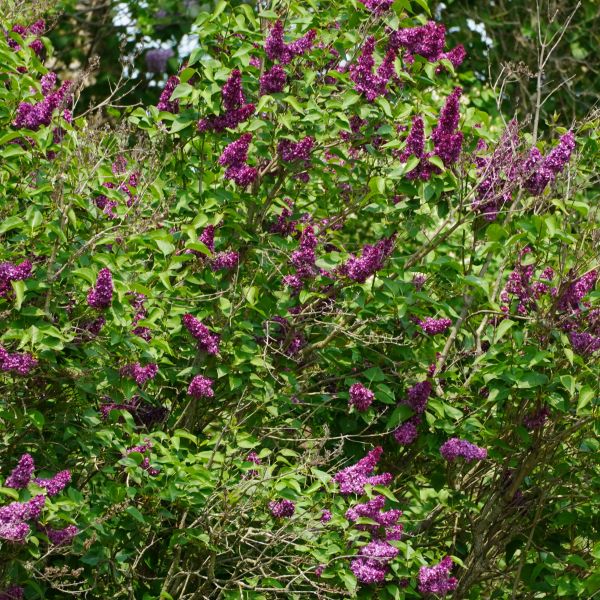


Common Purple Lilac
Syringa vulgaris
87 reviews
Common Purple Lilac
Syringa vulgaris
87 reviews
- Fragrant blooms
- Attracts butterflies and bees
- Drought tolerant once established
- Recommended by landscape designers for optimal fit in real yards
$98.00
$140.00
30% Off
- Ships to in 3 to 7 days
- Free Shipping Over $150
- Plant Arrival Guarantee
- In Stock
- Free Plant Consult
$200 - Landscape-Approved: Every Plant We Sell Comes With Design Expertise Behind It
- 2.5 Gallon
Not just beautiful - intentionally selected by ShrubHub's 3D landscape design team to fit real-world spaces and maximize yard potential.
Why Common Purple Lilac?
Common Purple Lilac (Syringa vulgaris) is a popular deciduous shrub that produces fragrant, cone-shaped clusters of purple flowers in the spring. It can grow up to 20 feet tall and wide and prefers full sun and well-drained soil. Common Purple Lilac is low-maintenance and attracts pollinators like bees and butterflies. It is a great addition to a landscape for its beauty and sweet fragrance.
People who loved this plant also bought
Sunlight
Common Purple Lilacs require full sun to thrive and bloom abundantly. They need a minimum of 6 to 8 hours of direct sunlight each day to ensure optimal growth, flowering, and overall health.
Watering
The Common Purple Lilac requires regular watering, especially during dry periods. It prefers moist but well-draining soil and should be watered deeply to encourage strong root development. Adequate hydration is essential for its growth and overall health.
Fertilizing
Common Purple Lilacs do not typically require regular fertilization. However, if the soil is poor in nutrients, applying a balanced fertilizer, such as a 10-10-10 formula, in early spring can help promote healthier growth and blooming.
Common Purple Lilac Shrubs: The Most Fragrant Flowers
If you're looking for a fragrant and beautiful addition to your garden, look no further than the Common Purple Lilac. This stunning deciduous shrub is sure to impress with its sweet, heady scent and showy clusters of purple lilac flowers.
But the Common Purple Lilac is more than just a pretty face – it also provides many benefits that make it a valuable addition to any landscape.
One of the key benefits of the Common Purple Lilac is its fragrant purple flowers. Its blooms emit a sweet, intoxicating scent that can fill your entire yard with their aroma. Plant it near a window or patio and enjoy the scent indoors and out.
But the lilac plants are more than just fragrant shrubs. They are also a valuable source of cut flowers, with their blooms making beautiful and long-lasting bouquets. Bring the beauty of the outdoors inside with a vase of fresh lilacs on your table.
In addition to its fragrance and cut flower production, the Common Purple Lilac also provides important environmental benefits. Its leaves absorb carbon dioxide and other pollutants from the air, improving air quality and reducing the effects of climate change. And its dense growth habit provides important habitat for birds and other wildlife.
But perhaps the greatest benefit of the Common Purple Lilac bush is its ability to add value to your property. This shrub is a long-lived species that can provide beauty and fragrance for generations to come. Plant one in your front yard and enjoy increased curb appeal and property value.
In short, the Common Lilac is a shrub that truly has it all – fragrance, cut flower production, environmental benefits, and property value.
Don't miss out on the opportunity to own these exceptional plants. Purchase your own Common Purple Lilac flowering shrubs and start enjoying its many benefits today.
Plant Information:
| Botanical Name: | Syringa vulgaris |
| USDA Zones: | 3 - 8 |
| Water: | Moderate |
| Exposure: | Full Sun |
| Soil Needs: | Widely Adaptable |
| Mature Height: | 8 - 10 feet |
| Mature Spread: | 8 - 10 feet |







Pollination Info
Common Purple Lilac Pollination Info
The common purple lilac (Syringa vulgaris) is a deciduous shrub that produces fragrant, cone-shaped clusters of purple flowers in late spring. These flowers are highly attractive to bees, butterflies, and other pollinators.
Pollination Process
Like most flowering plants, the common purple lilac relies on pollinators to help transfer pollen from the male reproductive organs (anthers) to the female reproductive organs (stigma) of the flowers. This transfer of pollen is necessary for fertilization and the production of seeds.
When a pollinator lands on a lilac flower, it brushes against the anthers and picks up pollen. As it moves to other flowers, some of this pollen brushes off onto the stigma, allowing fertilization to occur.
Types of Pollinators
The common purple lilac is visited by a variety of pollinators, including:
- Honeybees
- Bumblebees
- Moths
- Butterflies
Importance of Pollinators
Pollinators like bees and butterflies are essential for the production of many of the fruits and vegetables we eat. They also play an important role in maintaining healthy ecosystems and biodiversity. By planting flowering plants like the common purple lilac, we can help support pollinator populations and promote the health of our environment.
FAQ
Common Purple Lilac FAQ
When is the best time to plant Common Purple Lilacs?
The best time to plant Common Purple Lilacs is in the fall or early spring, when the ground is not frozen and the weather is cool. This gives the plant time to establish its roots before the hot summer months.
How much sunlight does Common Purple Lilac need?
Common Purple Lilacs prefer full sun to partial shade. They need at least 6 hours of direct sunlight per day to thrive.
How often should I water Common Purple Lilacs?
Common Purple Lilacs need regular watering, especially during dry spells. Water deeply once a week, making sure to soak the root zone. Avoid getting water on the leaves of the plant, as this can cause fungal diseases.
How do I prune Common Purple Lilacs?
Common Purple Lilacs should be pruned immediately after flowering. Remove any dead or damaged wood, as well as any suckers that grow from the base of the plant. Thin out the center of the plant to improve air circulation and reduce disease.
How do I propagate Common Purple Lilacs?
Common Purple Lilacs can be propagated through softwood cuttings taken in early summer or hardwood cuttings taken in late fall or winter. The cuttings should be about 6 inches long and treated with rooting hormone before planting. Keep the cuttings moist and out of direct sunlight until they have rooted.
Are Common Purple Lilacs deer-resistant?
Unfortunately, Common Purple Lilacs are not deer-resistant. Deer will often browse on the leaves and flowers of the plant, which can cause damage and reduce blooming.
What are some companion plants for Common Purple Lilacs?
Common Purple Lilacs pair well with other spring-blooming plants such as tulips, daffodils, and hyacinths. They also look great when planted with other flowering shrubs such as azaleas and rhododendrons.
Planting & Care
Planting and Care for Common Purple Lilac
Planting
1. Choose a location with well-draining soil and full sun or partial shade.
2. Dig a hole that is twice the width and the same depth as the root ball.
3. Place the root ball in the hole and fill with soil, firming it down to remove air pockets.
4. Water thoroughly.
5. Mulch around the base of the plant to retain moisture and suppress weeds.
Care
1. Water regularly, especially during dry spells.
2. Fertilize in early spring with a balanced fertilizer.
3. Prune immediately after flowering, removing up to one-third of the oldest branches to encourage new growth.
4. Watch for pests and disease, such as aphids and powdery mildew, and treat as necessary.
5. Remove any dead or diseased wood throughout the year.
Check Out These Verified Customer Reviews:
Customer Reviews
4.7 out of 5 based on 87 reviews
Thank you! Your review has been submitted.
Fast shipping, arrived earlier than expected.
Website was easy to navigate, found what I was looking for quickly.
Healthy plant, arrived in excellent condition.
Item has been added to your cart.



